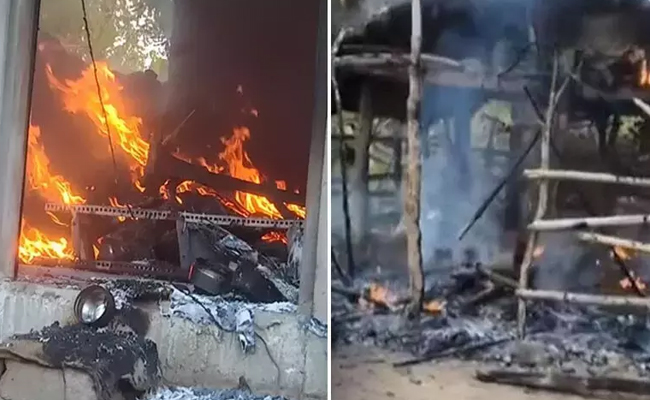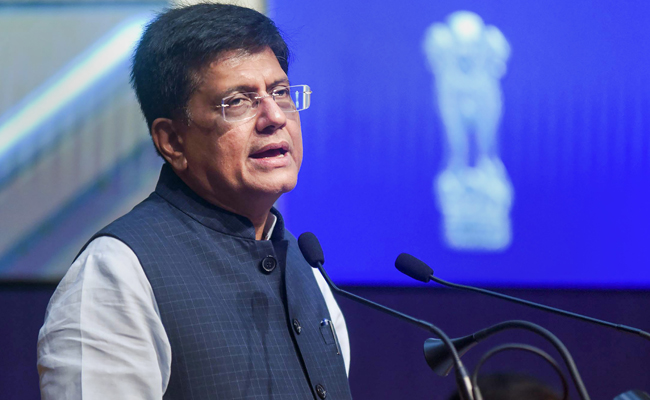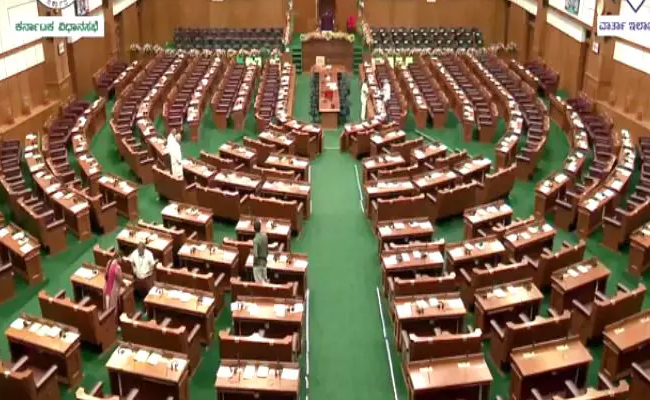Brisbane: Steve Smith's attacking half-century took Australia's overall lead to 276 even as India's greenhorn bowlers put their best foot forward during the first two sessions on the fourth day of the final Test here on Monday.
At tea taken an over early because of rain, Australia were 243 for 7, aiming to set a target which India might find enticing enough to chase on a Gabba track which is starting to misbehave slightly with a few cracks opening at one end.
The highest fourth innings chase at the ground is 236 by the West Indies, way back in 1951.
Among Indian pacers, Mohammed Siraj produced a well disguised short ball that grew on Smith (55 off 74 balls) getting him caught at gully. He had earlier produced the ball of the innings to dismiss Marnus Labuschagne (25 off 22 balls) in the first session of the day.
Along with Shardul Thakur (3/41 in 14.1 overs), easily the best Indian bowler in the second innings, Siraj (15-5-42-3) got the wickets but Australians scored at a good rate (3.67), having factored in the inclement weather.
If rain doesn't cause further interruption, Australians have 137 overs across four sessions to enforce a result.
Two engrossing sessions of high quality Test match cricket were on display on Monday with Australian openers David warner (48 off 75 balls) and Marcus Harris (38 off 82 balls) providing a rollicking start.
This was followed by the inexperienced Indian bunch coming back to effect a mini collapse by taking four wickets.
The second session also witnessed fortunes swing as Smith attacked the Indian bowlers, found catches being dropped before three wickets kept the visitors' spirits high.
In the first session, between Warner (6x4) and Harris (8x4), they hit 14 boundaries as Siraj and Thangarasu Natarajan (14-4-41-0) erred in length during the first hour.
Finally, it was a sharp bouncer from Thakur, that ended Harris' entertaining knock. He tried to sway away but the ball brushed his gloves on way to Rishabh Pant behind stumps.
In the very next over, Warner, who was in sight of his first half-century of the series, was rapped on the backfoot by Washington who bowled one that kept straight. The opener ended up being cramped for room on the back-foot while going for the cut-shot.
Labuschagne hit five boundaries and was in no mood to drop the tempo before Siraj bowled the ball of the session.
Having been too short during the first spell, the delivery was on the off-stump and moved a shade before Rohit Sharma took a regulation catch at second slip.
Let the Truth be known. If you read VB and like VB, please be a VB Supporter and Help us deliver the Truth to one and all.
Malkangiri (PTI): The Odisha government on Wednesday extended the suspension of internet services for another 24 hours in violence-hit Malkangiri district, while the missing severed head of a tribal woman was recovered from a river bank, police said.
The severed head of 51-year-old Lake Podiami of Rakhelguda village was recovered about 15 km from where her body was found on December 4. The head was found on the Poteru riverbank close to a Kanya Ashram, the police said.
The prohibitory orders clamped in the two villages - Rakhelguda and MV 25 - continued to remain in force, while the government further extended the internet service suspension period by another 24 hours based on the recommendation of the Malkangiri District Collector. The earlier ban was in force till 12 noon on Wednesday, an official said.
The woman's mortal remains were buried at her village on Tuesday amid tight security and in the presence of senior officers. "After recovery of the severed head, the police was examining it and undertaking related investigation to ascertain the circumstances that led to the woman's murder," an officer said.
The woman remained untraced since December 1, and her family members lodged a missing persons case on December 3. Her body was found on December 4, while the head was recovered on Wednesday, police said.
ALSO READ: Will not accept 'Veer Savarkar Award' nor attend the ceremony: Shashi Tharoor
Violence erupted on Sunday afternoon after the recovery of the woman's headless body. A large number of tribals from Rakhelguda village allegedly attacked MV-26 village, a settlement of Bengalis in the district. Around 200 houses were damaged, some of them set on fire as the tribals went on a rampage at MV-26 village.
Meanwhile, the police have arrested Subha Ranjan Mandal (42) on charge of killing the tribal woman, whose killing led to violence in the tribal dominated district.
Malkangiri District Collector Somesh Kumar Upadhyay told PTI, "The administration has opened a free kitchen at MV-26 village, provided food, blankets and other essentials to the people. Around 300 people who had fled from the village have returned and are staying in a temporary shelter."





